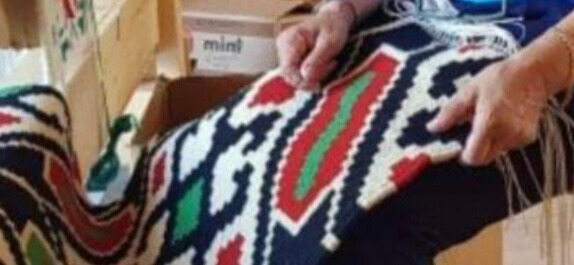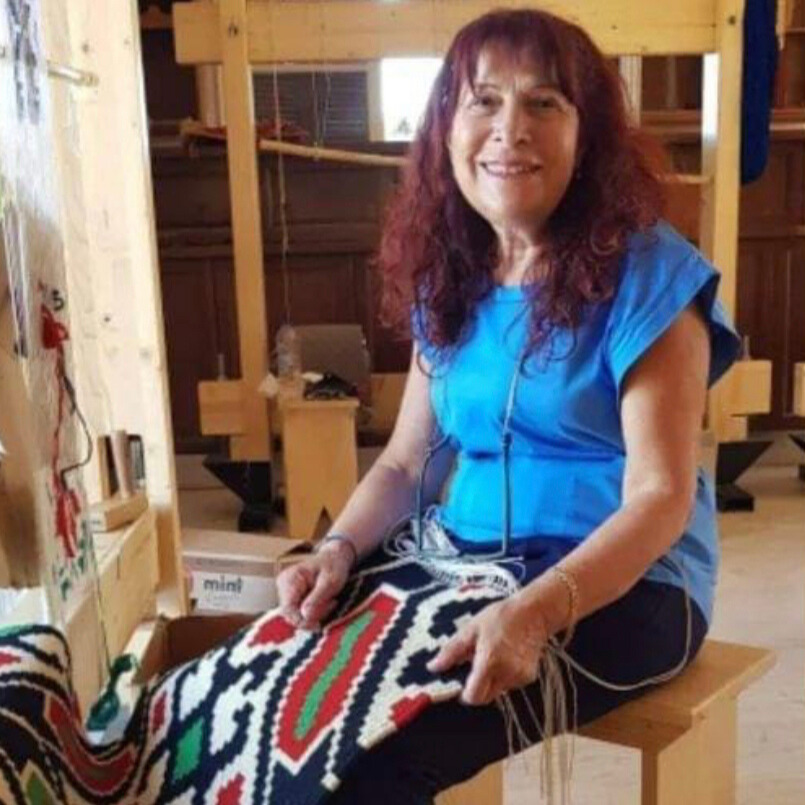
During interviews with women in the village of Geraki, we learned that kilim weaving is a tradition that is usually handed down through the matrilineal line. Kilims hold a significant place as they were traditionally considered an essential component of a woman’s dowry—both the kilims themselves and the monetary proceeds obtained from their sale.
Importantly, the dowry belonged exclusively to the woman in Geraki, granting her complete control over it. It was distinct from her husband’s possessions or the household funds. This practice, reminiscent of ancient and Byzantine traditions, ensured that if a woman passed away before having children, her dowry would be returned to her family rather than retained by her husband.
Kilims not only served as a source of craftsmanship but also granted women respect within their communities. The combination of their skillful creation, the values associated with them, and the financial gains from their sale allowed women to gain recognition and influence. Notably, any profits generated from kilim sales were exclusively directed to the woman, serving as a testament to female entrepreneurship and empowerment.
Τextile runners placed around marital beds in the form of the Greek letter Π were woven by women in Geraki for themselves and as part of their clients’ dowries. Oftentimes, the pattern on these kilims was the “Byzantino,” repeated double-headed eagles framed within a diamond shapes.
Photo: Mrs. Chrysoula Stamatopoulou with a runner with the “Byzantino” pattern.
Through interviews and meticulous cataloguing of weaving entries, our objective extends beyond celebrating the remarkable craftsmanship of weaving in Geraki. We strive to delve deeper and shed light on the often-overlooked female perspective in history.

